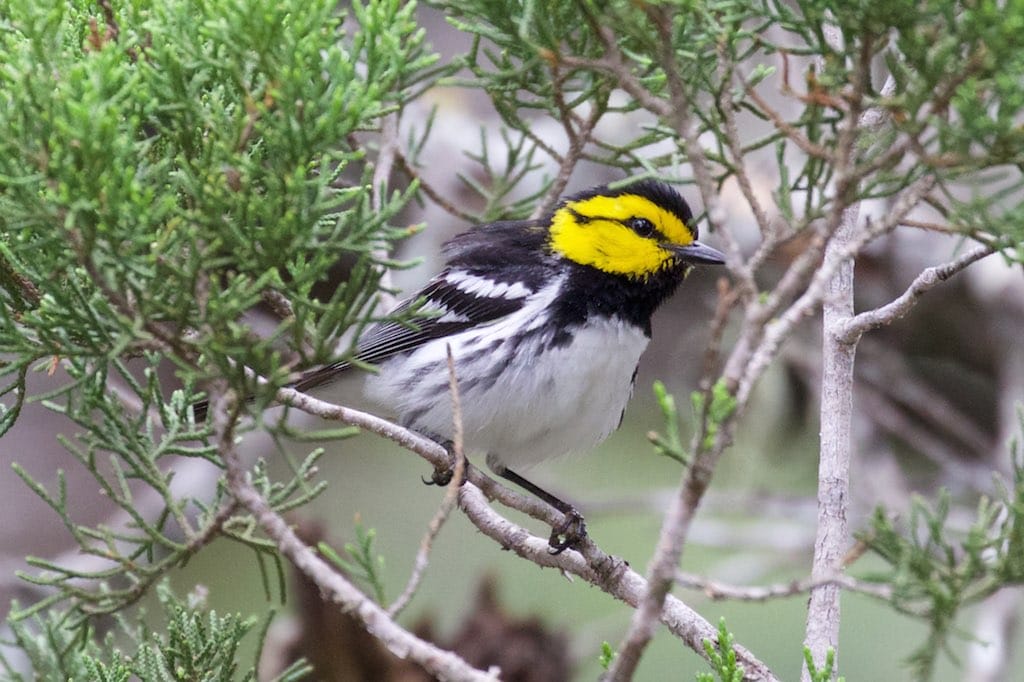If there’s one thing to know about me, it’s that I love an attention-grabbing study topline. So when I saw a study in my inbox with the title, “Intersection of narco-trafficking, enforcement, and bird conservation in the Americas,” of course I bit.
What I like most about this new study, published last week in Nature Sustainability, is that it illuminates a connection we rarely consider. Narcotics trafficking creates carbon emissions and drives deforestation in myriad ways: growing coca plants, processing them into cocaine, and managing a distribution network — all clandestinely, of course — require fuel and space. Indirect dealings, like hiding drug money in mining and cattle operations, also contribute to the climate impacts of drug trafficking.
It can be hard to study illegal things, but the rise of remote sensing work has connected drug trafficking with up to 30 percent of deforestation in regions of Honduras, Nicaragua, and Guatemala. The UN also puts out an annual drug report; last year, it contained an entire chapter devoted to drugs and crimes that affect the environment. (Side note, who let them get away with this wild illustration?!) Taking this work one step further, the authors of the Nature Sustainability study sought to map the overlap between critical bird habitat and some of those same regions.
It’s important to unpack what I mean when I say “drug trafficking” to understand this team’s results. The researchers add an additional layer to what we’d normally think of as narcotics-related activity. Otherwise, what would prevent us from throwing up our hands and saying “What can we do about it?” in the face of illegal activity? If people are going to break the law, that reasoning goes, there’s no way to regulate their behavior. What the researchers point out, however, is that oftentimes drug traffickers’ environmentally unfriendly behavior comes in direct response to enforcement activity.
Following peaks in cocaine seizures between 2007 and 2018 (the more cocaine seized, the larger the enforcement action was deemed), the likelihood of important bird habitats becoming space for drug trafficking shot up. Counterdrug activities are known to push cocaine trafficking further into isolated areas with few humans — in other words, forests. Specifically, the researchers found that over half of the global populations of 11 migratory bird species are located in regions that became more suitable for drug trafficking activity after an enforcement action.
If people are going to break the law, that reasoning goes, there’s no way to regulate their behavior. What the researchers point out, however, is that oftentimes drug traffickers’ environmentally unfriendly behavior comes in direct response to enforcement activity.
Recognizing what we have control over is the first step to mitigating our climate impact in this sphere. The authors write, “our study reinforces the idea that sociopolitical processes…can have complex and unintended negative consequences for the environment.” U.S. drug policy plays a role in this chain reaction, and the authors suggest a few strategies that could address drug trafficking while conserving bird habitats: namely, “supporting governance institutions that can address trafficking-related corruption, enhancing transparency and the rule of law, improving land tenure rights, reducing poverty within Indigenous and rural communities by supporting forest-based income streams, and strengthening the ability of Indigenous and rural communities to protect forests.” I didn’t expect to read that in a paper about bird habitats, but I’m glad I did! I’m not exactly optimistic that this research will result in an overhaul of international drug policy, but I’m hopeful that the work will further strengthen ties between environmental justice and social reform movements. Drawing surprising connections, at the very least, can result in greater solidarity and awareness — after all, I was taken in enough to write about this study, right?




